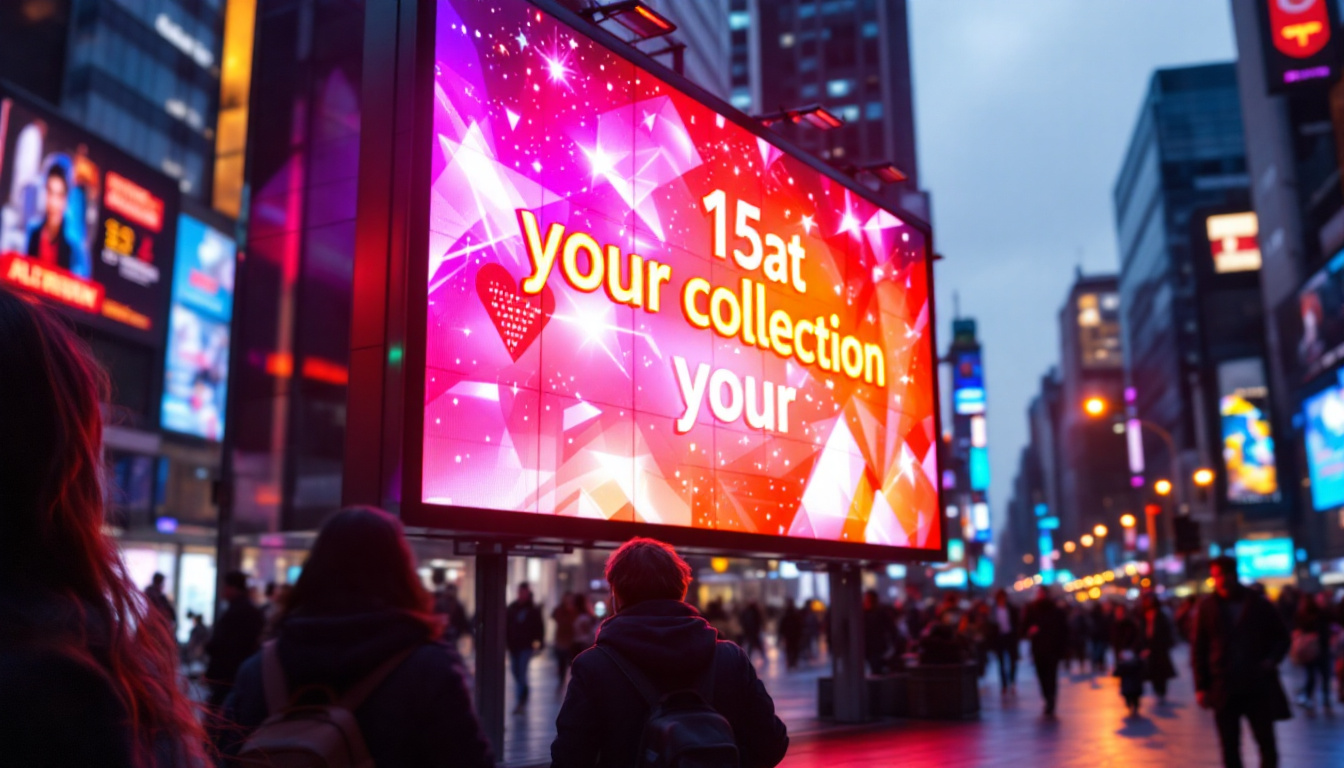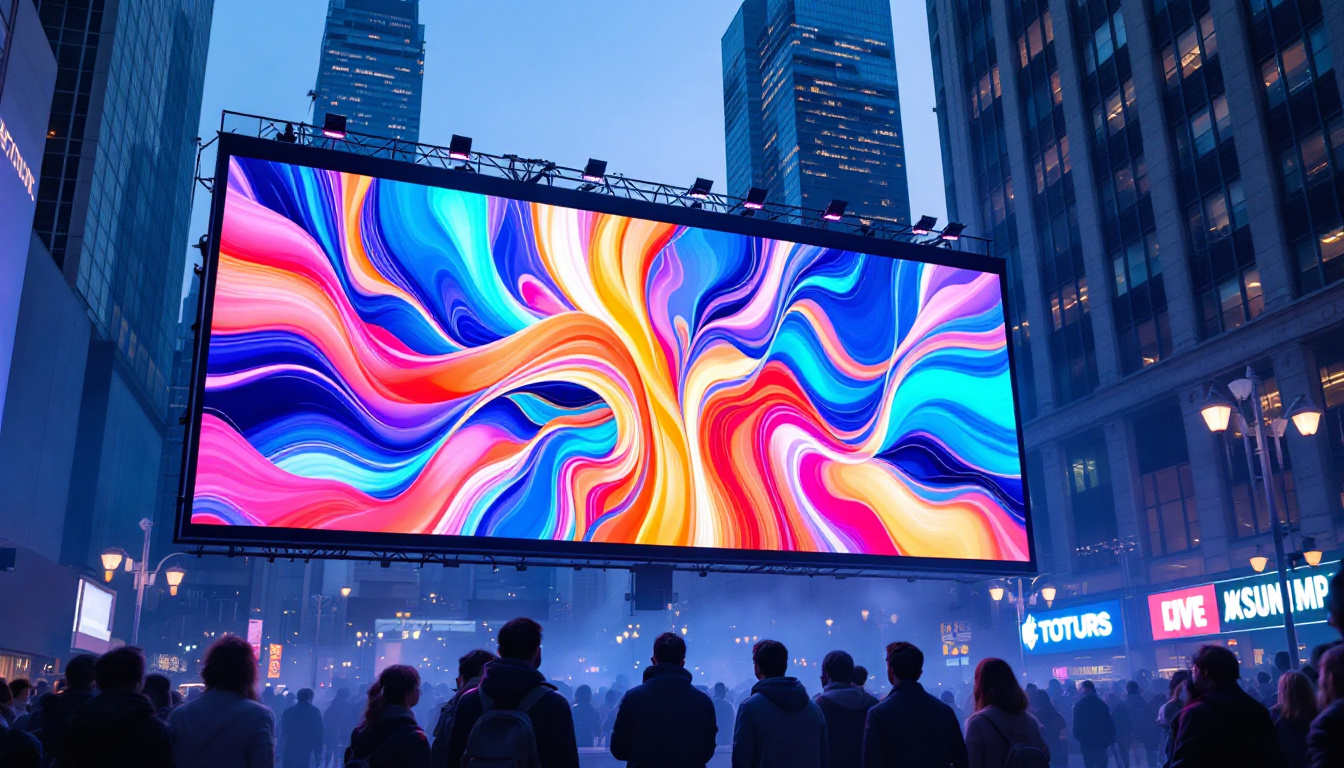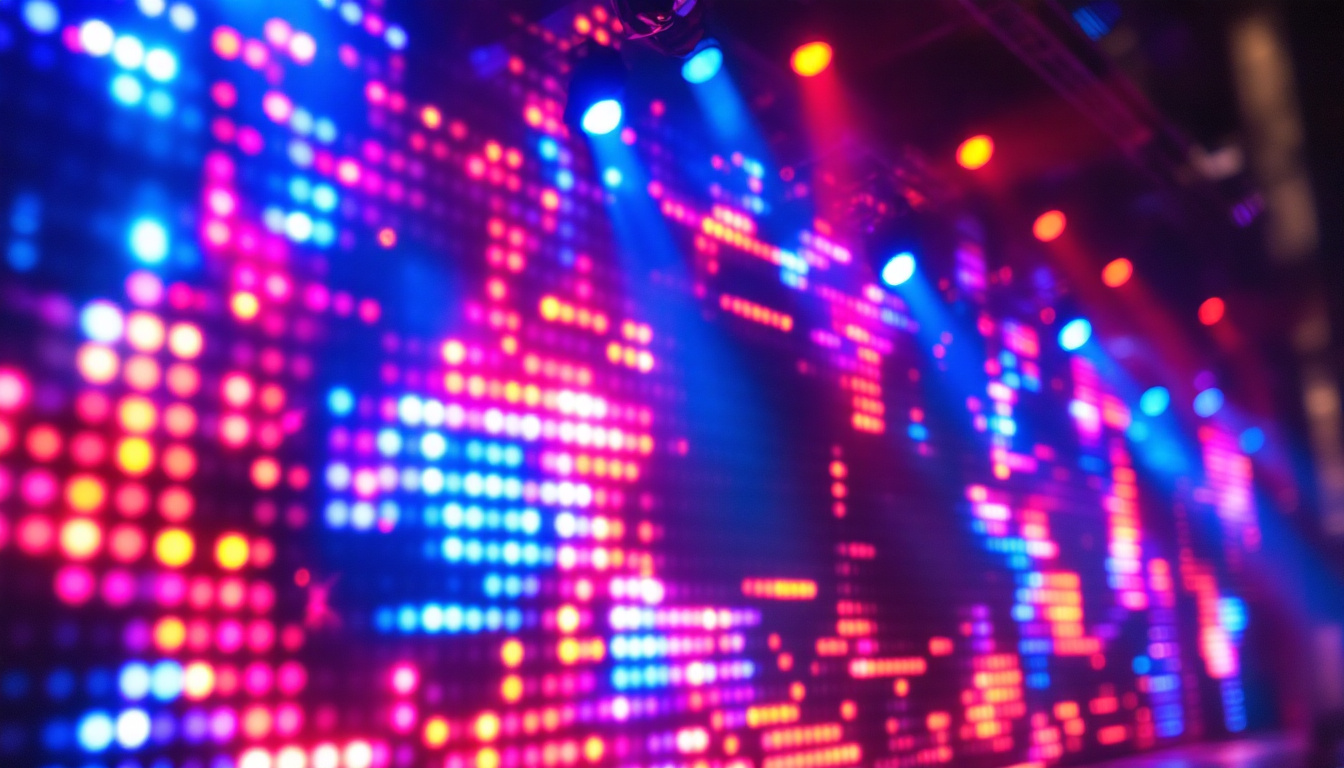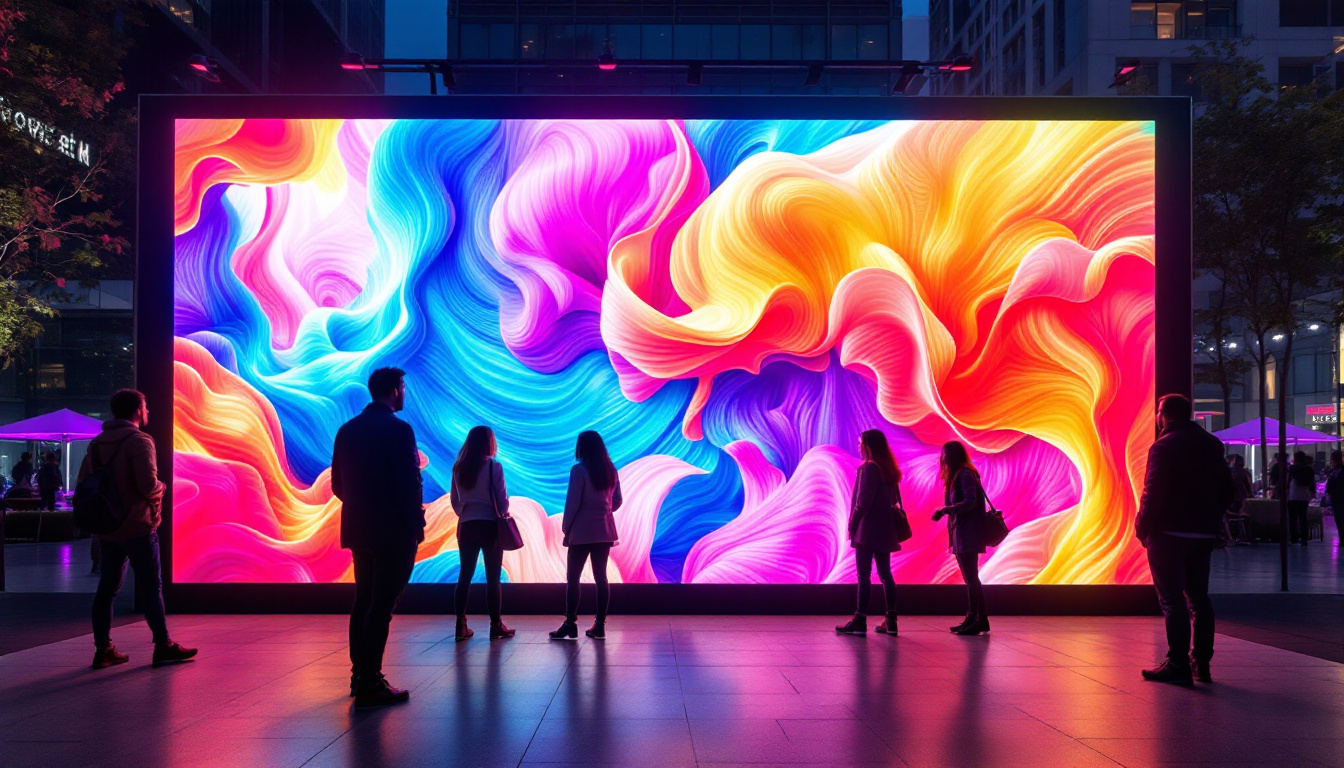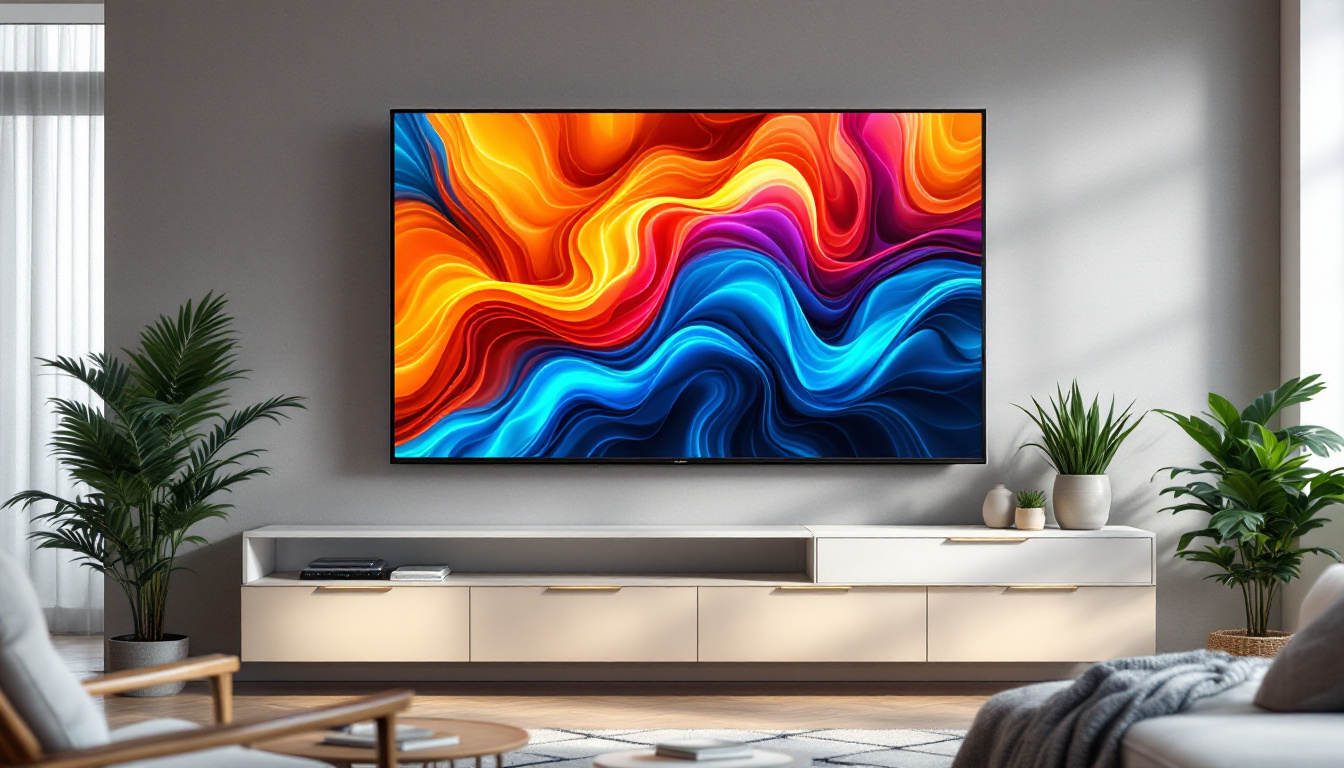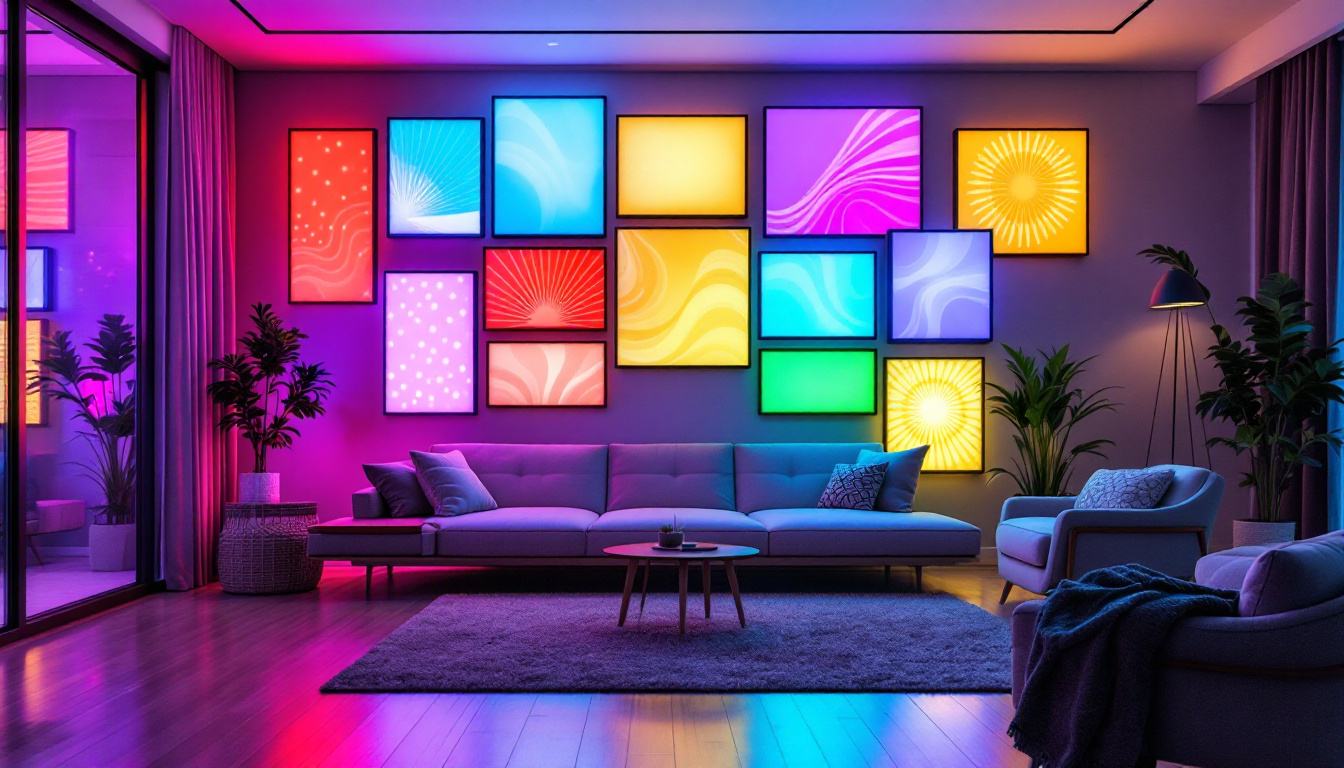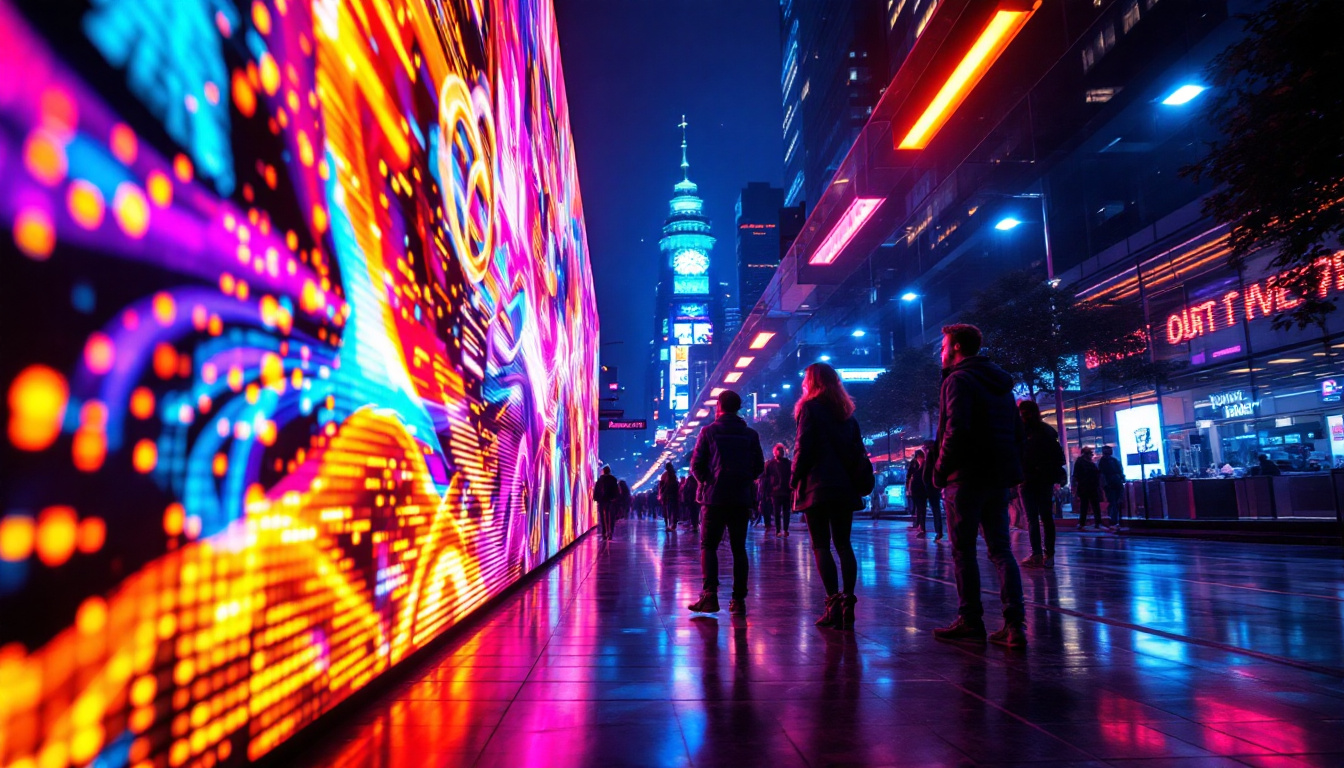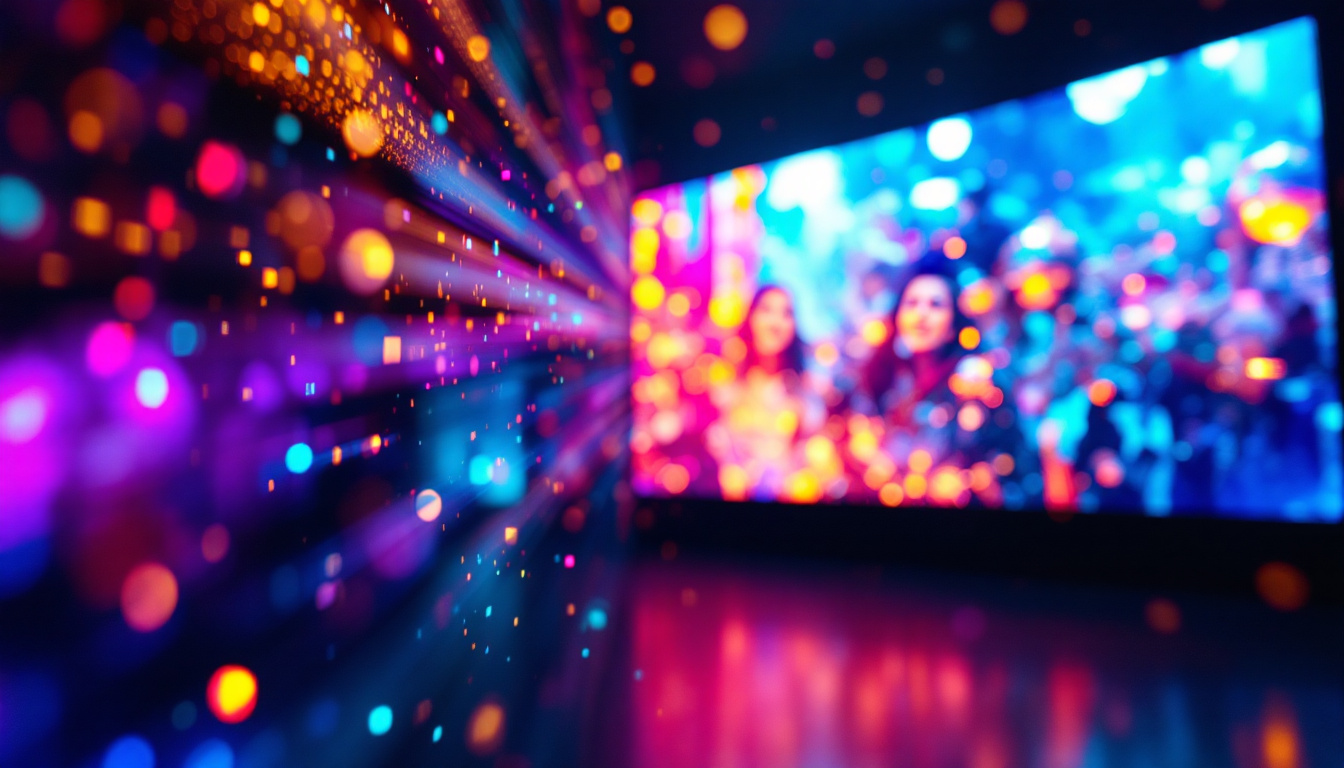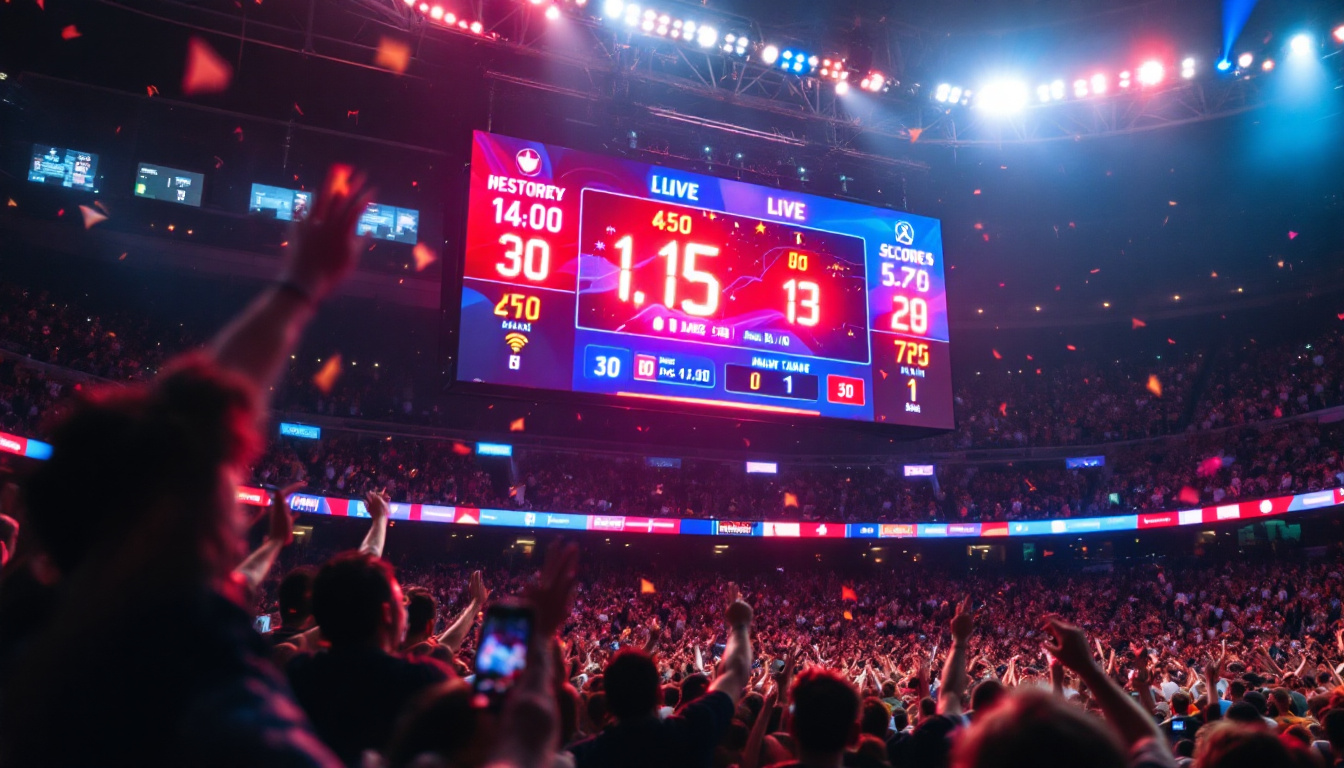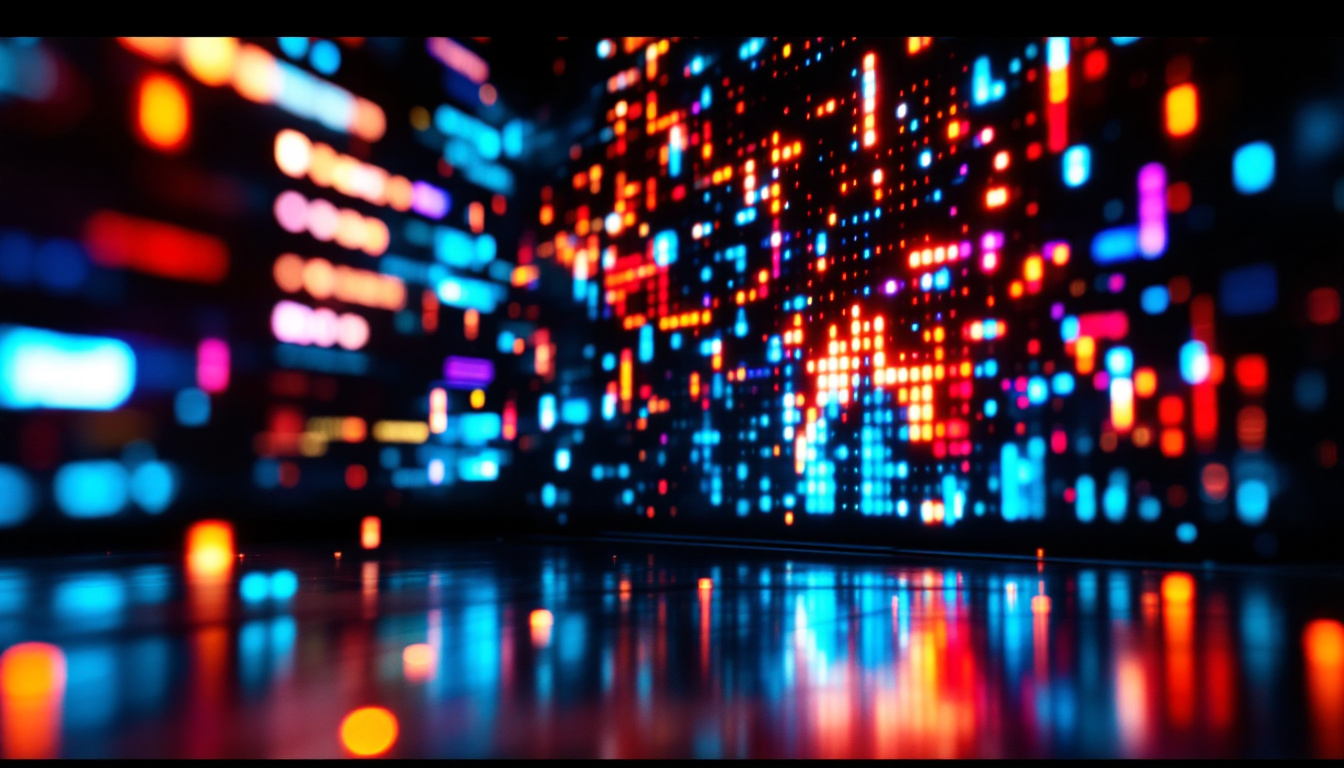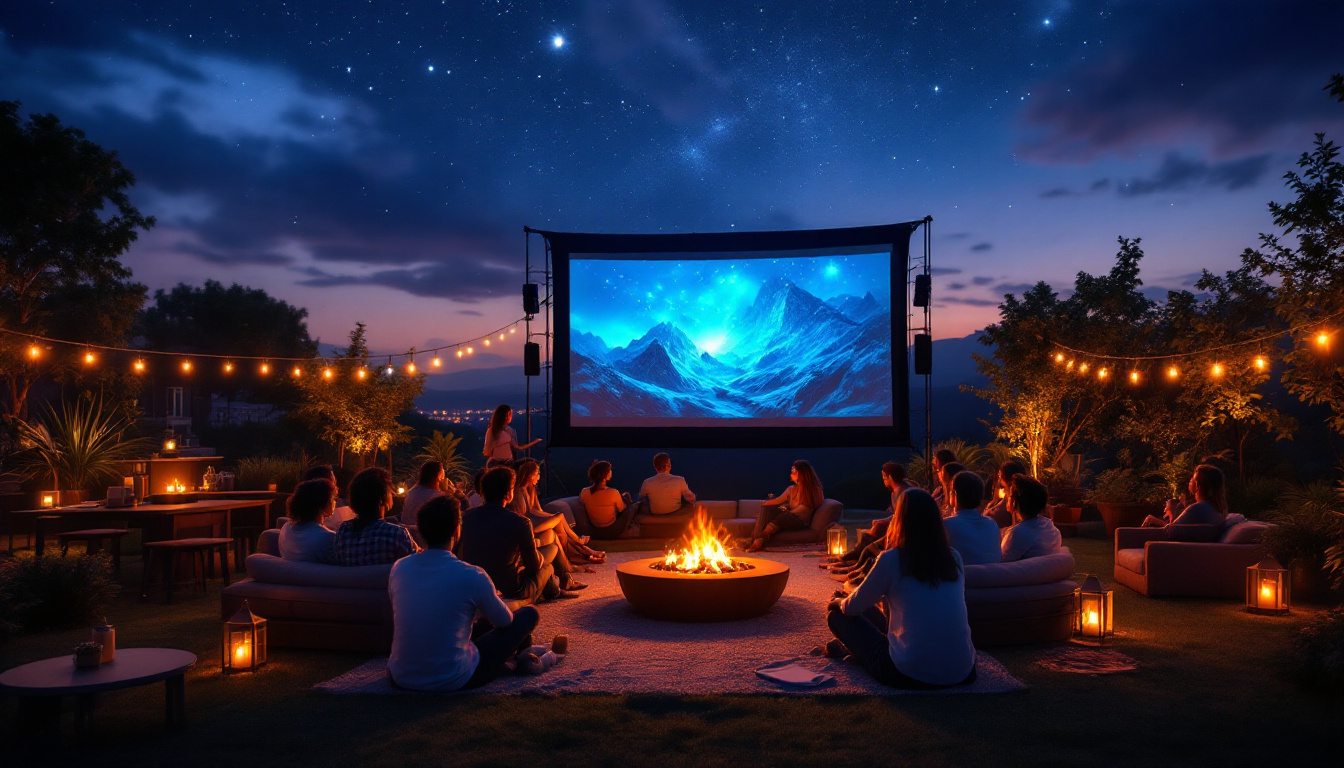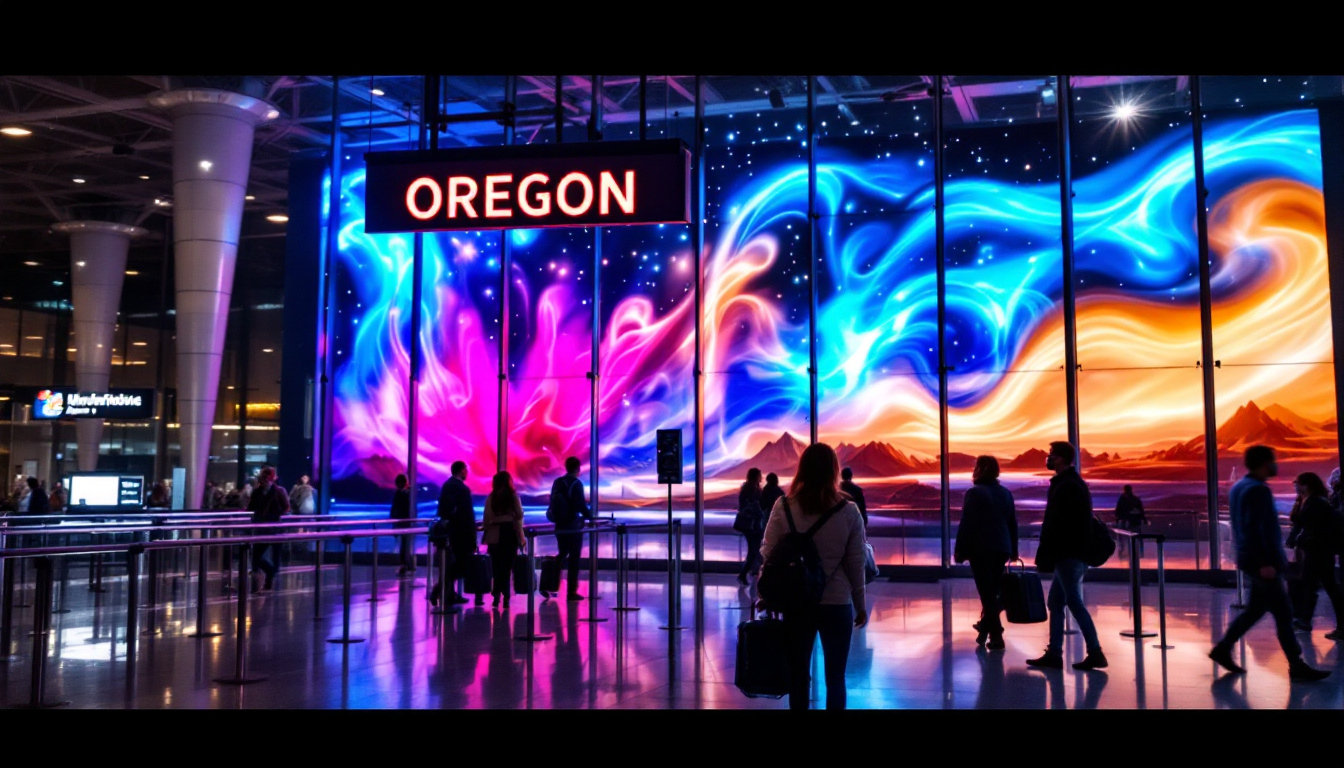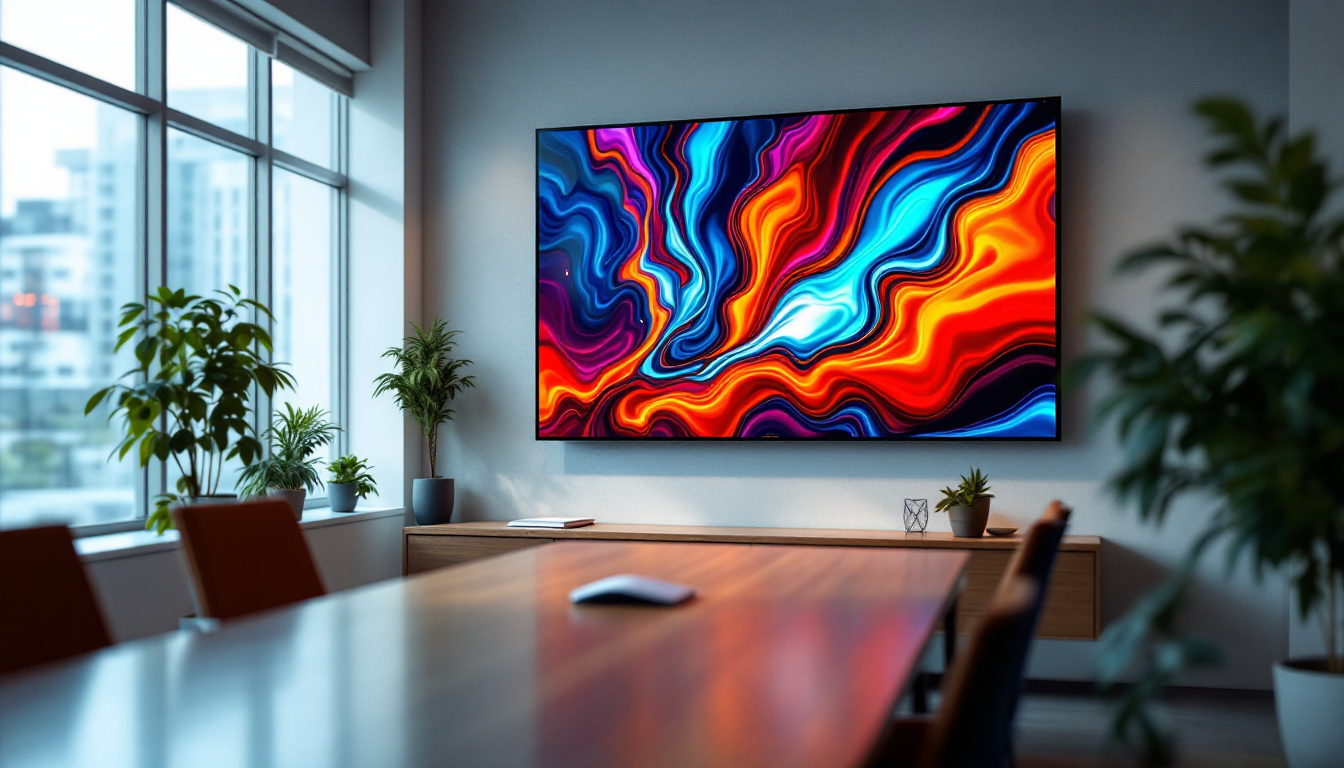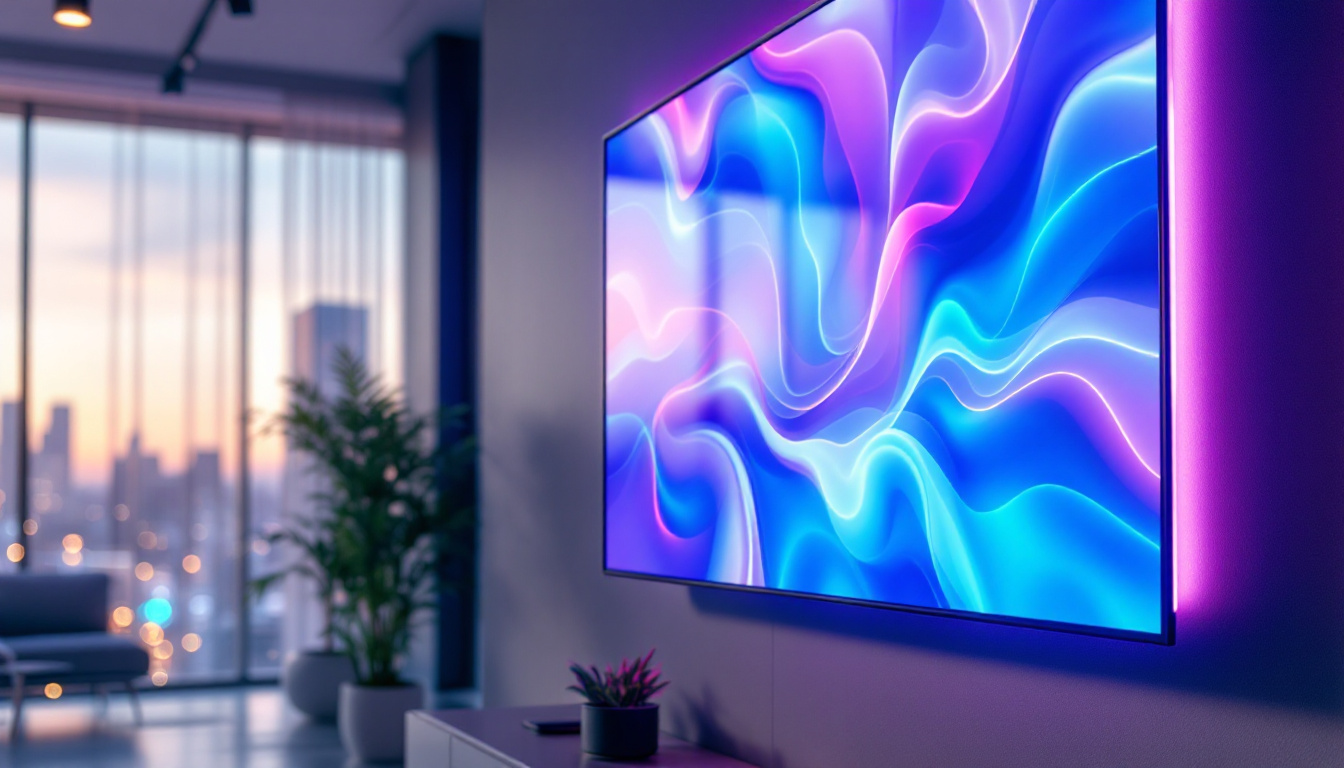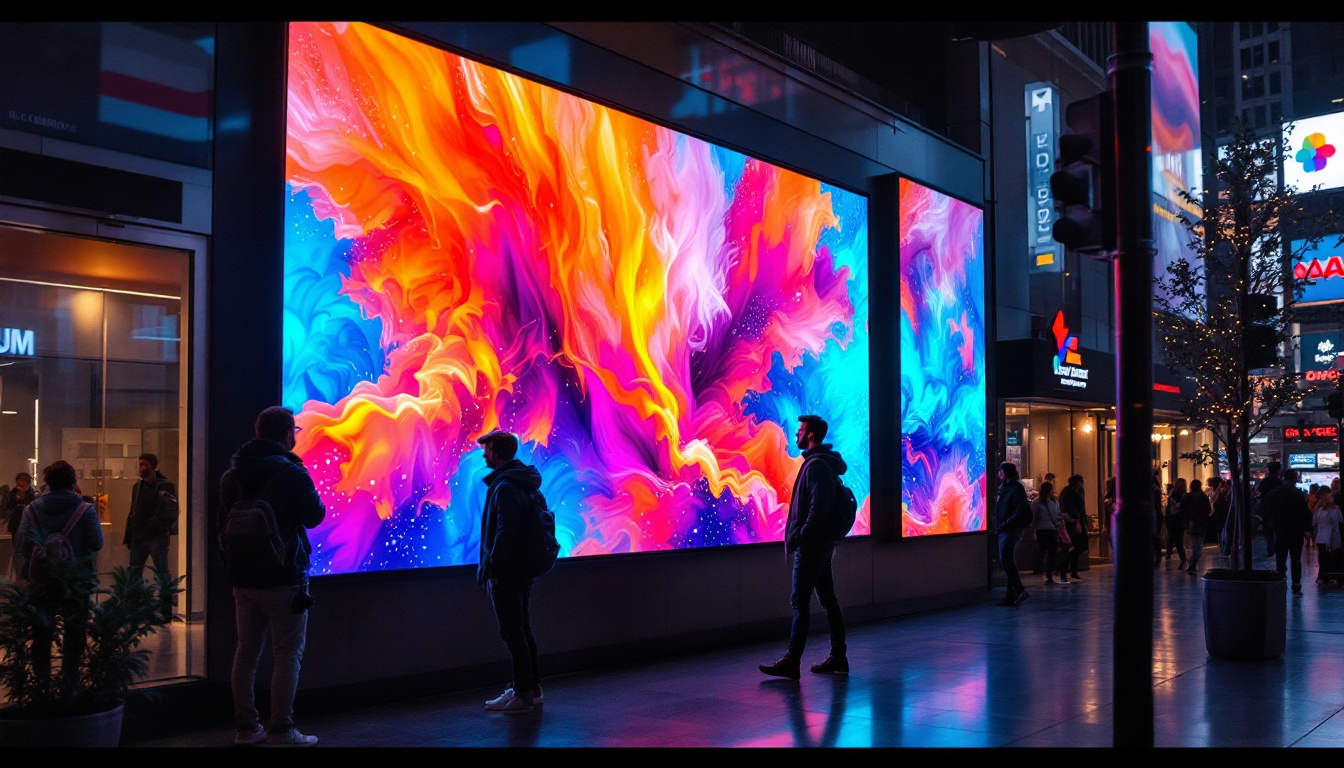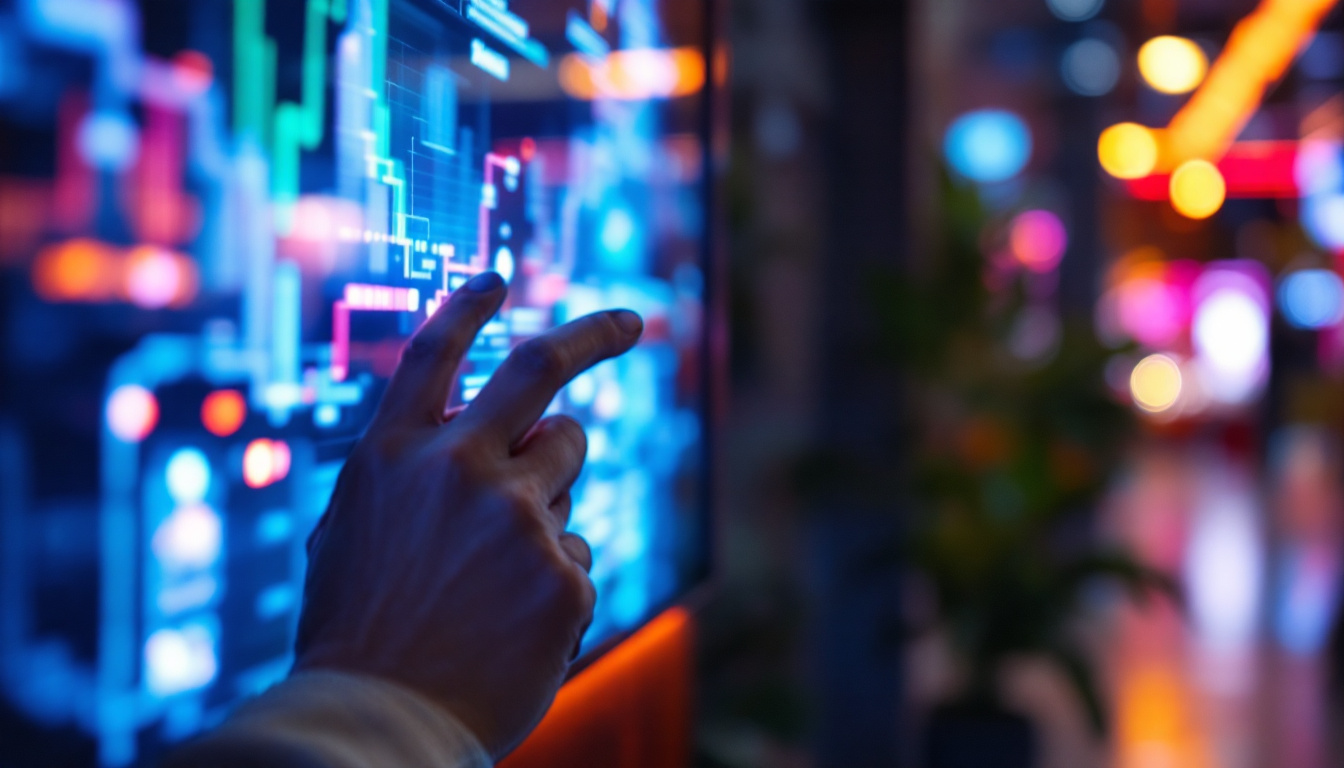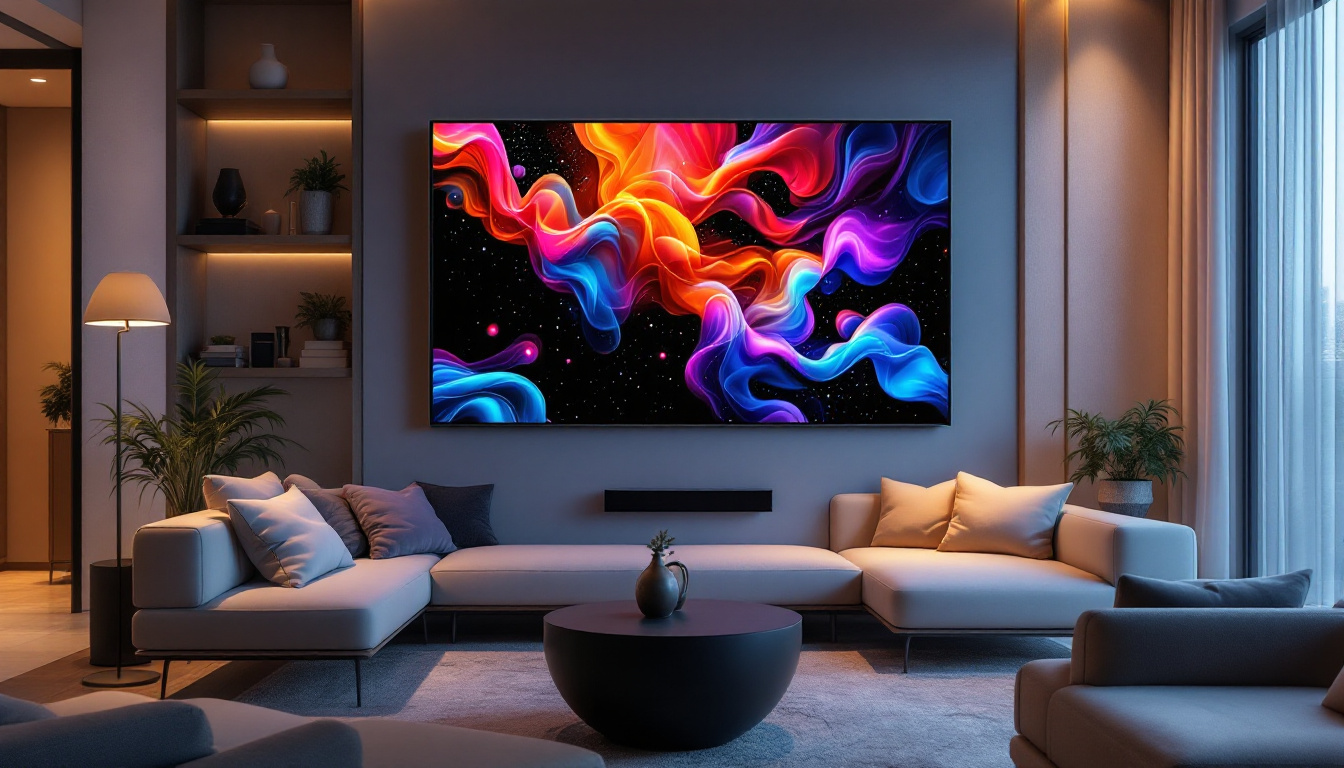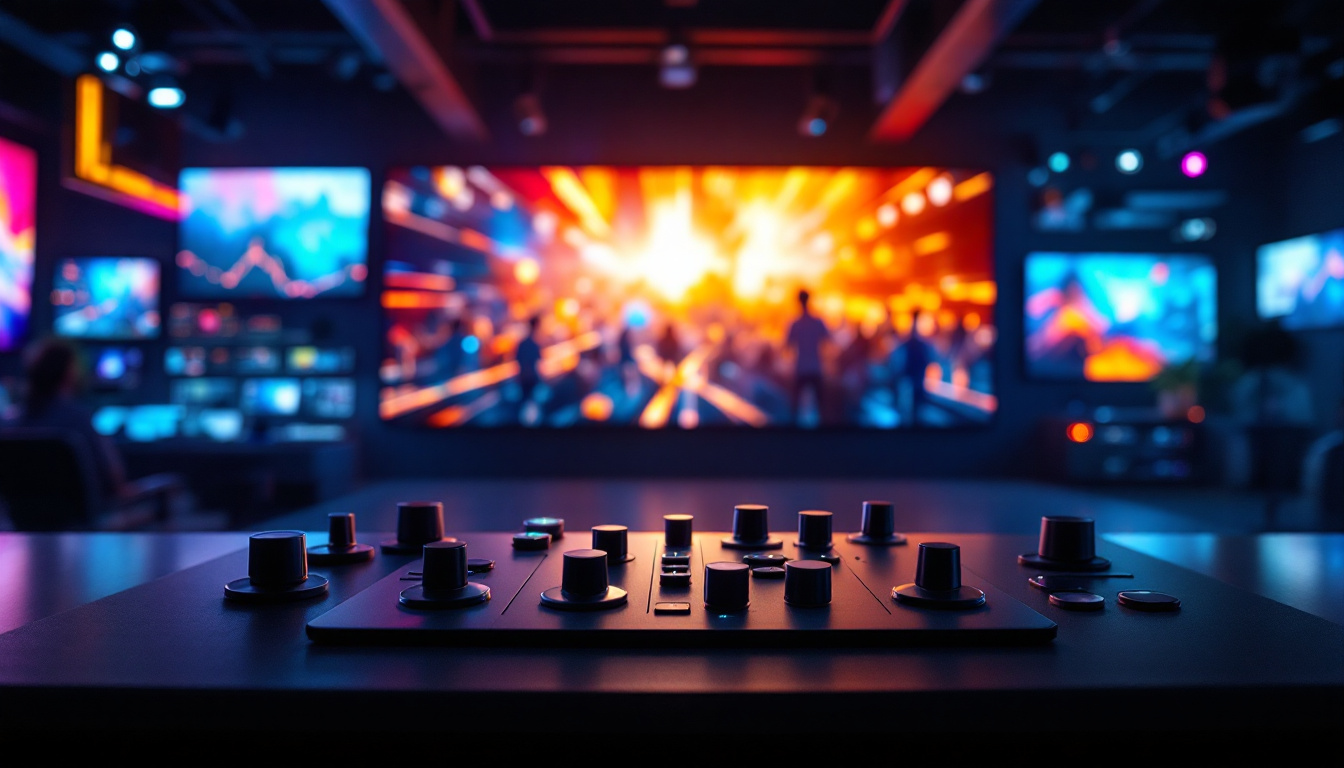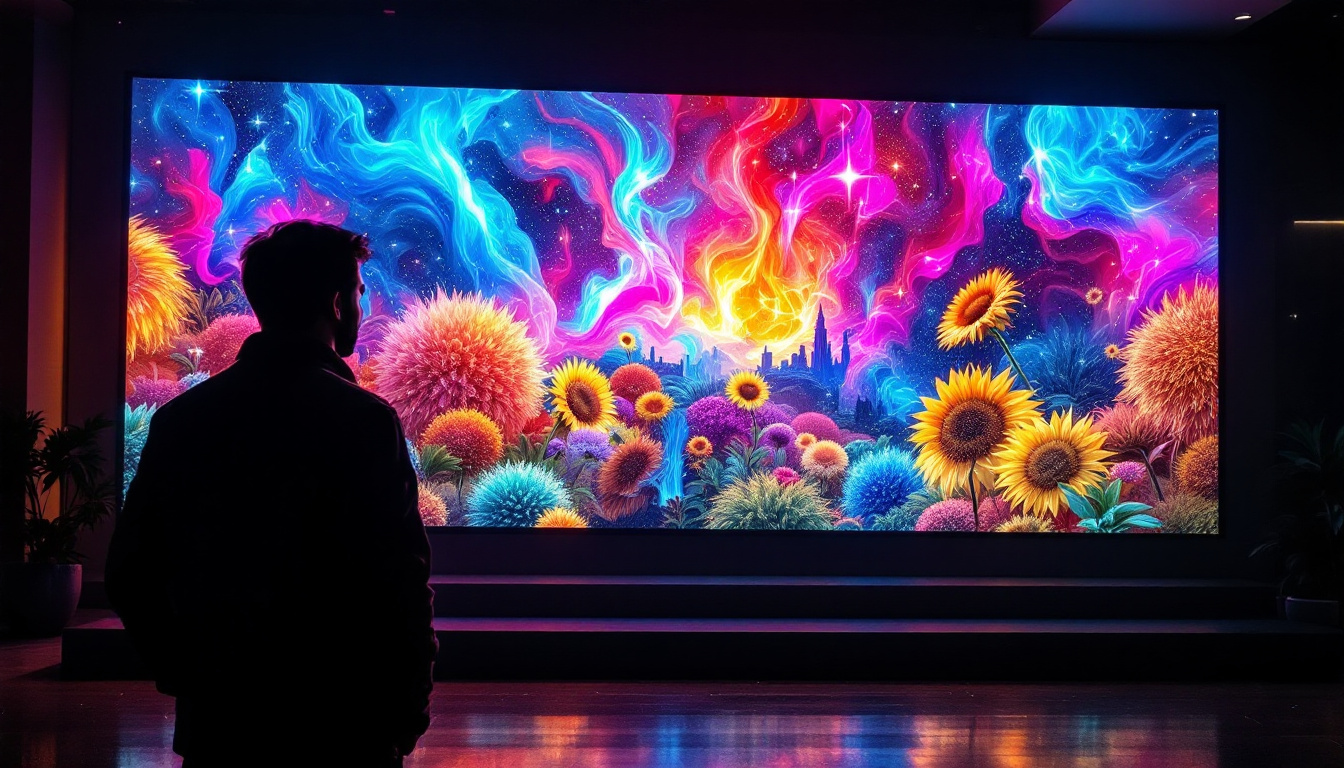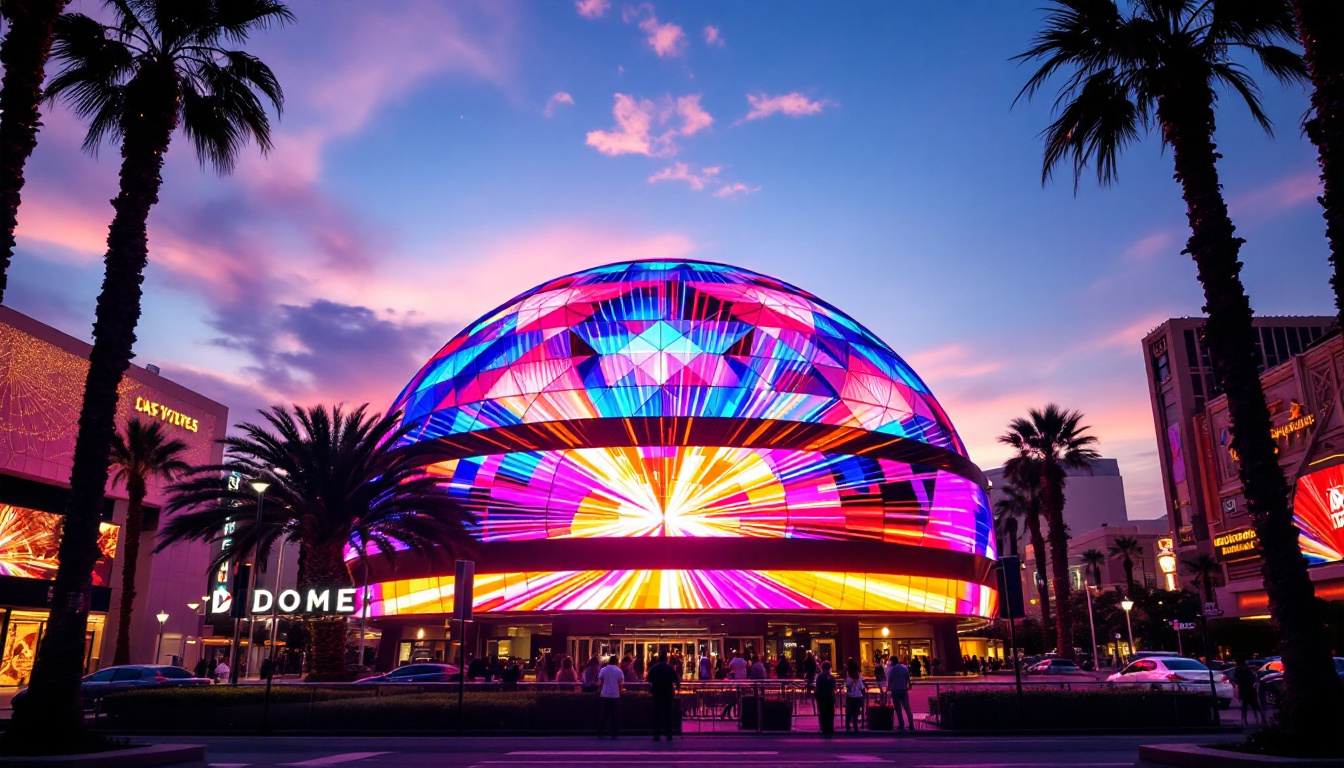In the digital age, visual communication has become increasingly vital for businesses, events, and public spaces. One of the most effective tools for conveying information quickly and engagingly is the LED display board. This article delves into the intricacies of LED displays, exploring their technology, applications, advantages, and future trends.
Understanding LED Technology
LED, or Light Emitting Diode, is a semiconductor device that emits light when an electric current passes through it. Unlike traditional light sources, LEDs are energy-efficient, durable, and capable of producing vibrant colors. The technology behind LED displays has evolved significantly, leading to their widespread adoption in various sectors. From residential lighting to large-scale advertising, the versatility of LED technology has transformed how we illuminate and engage with our environments.
The Basics of LED Displays
LED displays consist of numerous small LED lights arranged in a grid pattern. Each LED can be individually controlled, allowing for the creation of dynamic images and text. These displays can be categorized into two main types: monochrome and full-color. Monochrome displays typically use a single color to convey information, while full-color displays can produce a wide spectrum of colors, making them suitable for more complex visuals. This capability has made LED displays a popular choice for everything from scoreboard displays in sports arenas to vibrant advertising screens in urban settings.
How LED Displays Work
The functioning of LED displays is based on the principle of pixelation. Each pixel is made up of red, green, and blue (RGB) LEDs that combine to create various colors. When a specific voltage is applied to these LEDs, they emit light, which can be controlled to display images, videos, or text. The resolution of an LED display is determined by the number of pixels per square inch, affecting the clarity and detail of the displayed content. As technology advances, manufacturers are continually pushing the boundaries of resolution, leading to ultra-high-definition displays that captivate audiences with stunning detail and color accuracy.
Types of LED Displays
There are several types of LED displays, each designed for specific applications. Indoor LED displays are typically used in venues such as shopping malls and concert halls, offering high resolution and brightness. Outdoor LED displays, on the other hand, are built to withstand harsh weather conditions and are often used for billboards and advertising. Additionally, transparent LED displays are gaining popularity, allowing for innovative advertising solutions without obstructing visibility. These displays can be integrated into glass facades, creating a seamless blend of technology and architecture that enhances the aesthetic appeal of buildings while providing dynamic advertising opportunities.
Moreover, there are specialized LED displays designed for niche markets, such as flexible LED screens that can bend and curve to fit unconventional shapes. This adaptability opens new avenues for creative design in advertising and event staging. Another emerging trend is the use of LED technology in virtual reality (VR) and augmented reality (AR) applications, where high-quality displays are crucial for immersive experiences. As the demand for more interactive and engaging content grows, LED technology continues to evolve, promising exciting developments in how we visualize and interact with information.
Applications of LED Displays
LED displays have found their way into numerous industries, transforming how information is shared and consumed. Their versatility makes them suitable for a wide range of applications, from advertising to public information systems.
Advertising and Marketing
One of the most prominent uses of LED displays is in advertising. Businesses leverage these displays to showcase products, promotions, and brand messages in a visually striking manner. The ability to change content quickly allows for dynamic marketing campaigns that can adapt to different audiences and times of day. High-traffic areas, such as city centers and shopping malls, benefit significantly from the attention-grabbing nature of LED advertising. Moreover, the integration of interactive elements, such as touch screens or QR codes, can further engage consumers, driving them to take immediate action, whether it’s visiting a website or making a purchase.
Public Information and Transportation
LED displays play a crucial role in public information systems, providing real-time updates on transportation schedules, weather alerts, and emergency announcements. Airports and train stations utilize LED boards to inform passengers about arrivals and departures, ensuring smooth operations and enhancing passenger experience. The clarity and visibility of LED displays make them ideal for conveying important information in busy environments. Additionally, these displays can be programmed to provide multilingual support, catering to diverse populations and ensuring that everyone has access to vital information, which is particularly important in tourist-heavy areas.
Entertainment and Events
In the entertainment industry, LED displays are integral to concerts, sports events, and festivals. They are used for stage backdrops, scoreboards, and live video feeds, enhancing the overall experience for attendees. The vibrant colors and high brightness of LED displays ensure that visuals remain captivating, even in large venues. Additionally, their flexibility allows for creative installations that can transform any space. Beyond traditional uses, LED technology has also paved the way for immersive experiences, such as augmented reality displays that interact with the audience in real-time. This innovation not only captivates viewers but also creates memorable moments that can be shared across social media platforms, further amplifying the event’s reach and impact.
Advantages of LED Displays
The growing popularity of LED displays can be attributed to their numerous advantages over traditional display technologies. Understanding these benefits is essential for businesses and organizations considering the switch to LED.
Energy Efficiency
One of the most significant benefits of LED displays is their energy efficiency. Compared to traditional incandescent or fluorescent displays, LEDs consume significantly less power, leading to lower electricity bills. This efficiency not only reduces operational costs but also contributes to a smaller carbon footprint, making LED displays an environmentally friendly choice. Furthermore, many LED systems come with advanced dimming capabilities that allow users to adjust brightness based on ambient light conditions, further optimizing energy consumption and extending the lifespan of the display.
Longevity and Durability
LED displays are known for their longevity and durability. With a lifespan of up to 100,000 hours, they outlast many other display technologies, reducing the need for frequent replacements. Additionally, LED displays are resistant to shock and vibration, making them suitable for various environments, including outdoor settings where they may be exposed to harsh weather conditions. The robust construction of LED displays also means they are less prone to damage from impacts or extreme temperatures, making them a reliable choice for both indoor and outdoor applications, such as concerts, sports events, and public gatherings.
High Visibility and Brightness
The brightness of LED displays is another significant advantage. They can produce vivid colors and maintain visibility even in direct sunlight, making them ideal for outdoor advertising and public information displays. The high contrast ratio of LED technology ensures that content remains legible from a distance, enhancing the effectiveness of communication. Moreover, the ability to display dynamic content, such as animations and videos, allows businesses to capture attention more effectively than static displays. This capability not only enhances engagement but also provides a platform for creative marketing strategies that can adapt to different audiences and contexts.
Versatility and Customization
Another noteworthy advantage of LED displays is their versatility and customization options. Available in a variety of sizes, shapes, and resolutions, LED displays can be tailored to fit specific needs, whether for a small retail space or a large stadium. This adaptability allows businesses to create unique visual experiences that resonate with their target audience. Additionally, many LED systems support modular designs, enabling users to configure displays in various arrangements, such as curved or multi-panel setups, to achieve the desired aesthetic and functional outcomes. This level of customization not only enhances the visual appeal but also allows for innovative applications in art installations, corporate branding, and interactive displays that engage viewers on multiple levels.
Challenges and Considerations
While LED displays offer numerous benefits, there are also challenges and considerations that potential users should keep in mind. Understanding these factors can help in making informed decisions regarding LED display investments.
Initial Costs
The initial investment for LED displays can be higher than traditional display technologies. However, it is essential to consider the long-term savings associated with energy efficiency and reduced maintenance costs. Businesses should evaluate their budget and consider the return on investment over time when deciding on LED displays.
Content Management
Effective content management is crucial for maximizing the impact of LED displays. Organizations must invest in software and training to ensure that content is updated regularly and remains relevant. Poorly managed content can lead to viewer disengagement and diminish the effectiveness of the display.
Technical Expertise
Operating and maintaining LED displays may require technical expertise, especially for larger installations. Organizations may need to hire or train staff to handle troubleshooting, repairs, and updates. This requirement can add to the overall costs and should be factored into the decision-making process.
Future Trends in LED Display Technology
The LED display industry is continually evolving, with advancements in technology leading to exciting new possibilities. Understanding these trends can provide insight into the future of visual communication.
Smart LED Displays
As technology continues to advance, smart LED displays are becoming increasingly popular. These displays can connect to the internet and utilize data analytics to deliver targeted content based on audience demographics and behavior. This capability allows businesses to create more personalized marketing experiences, enhancing engagement and effectiveness.
Flexible and Curved Displays
Flexible LED displays are emerging as a game-changer in the industry. These displays can be bent and shaped to fit various surfaces, allowing for creative installations that were previously impossible. Curved displays are particularly popular in retail environments and event spaces, providing a unique visual experience that captures attention.
Integration with Augmented Reality (AR)
The integration of LED displays with augmented reality is another exciting trend. This combination allows for interactive experiences that blend digital content with the real world. As AR technology continues to develop, the potential for immersive advertising and entertainment experiences will expand, making LED displays even more versatile.
Conclusion
LED display boards have revolutionized the way information is communicated across various sectors. Their energy efficiency, durability, and high visibility make them an attractive option for businesses and organizations looking to enhance their visual communication strategies. While there are challenges to consider, the benefits often outweigh the drawbacks, especially with the continual advancements in LED technology.
As the industry evolves, staying informed about trends and innovations will be crucial for leveraging the full potential of LED displays. Whether for advertising, public information, or entertainment, LED displays are set to play an increasingly prominent role in shaping the future of visual communication.
Explore Cutting-Edge LED Solutions with LumenMatrix
Ready to elevate your visual communication with the latest in LED technology? LumenMatrix is at the forefront of LED innovation, offering a wide array of solutions that bring your brand to life. From Indoor and Outdoor LED Wall Displays to specialized options like Vehicle LED Displays, LED Posters, and even Custom LED solutions, we have everything you need to create immersive and engaging visual experiences. Discover how our state-of-the-art LED displays can transform your space and captivate your audience. Check out LumenMatrix LED Display Solutions today and join the revolution in digital signage.

